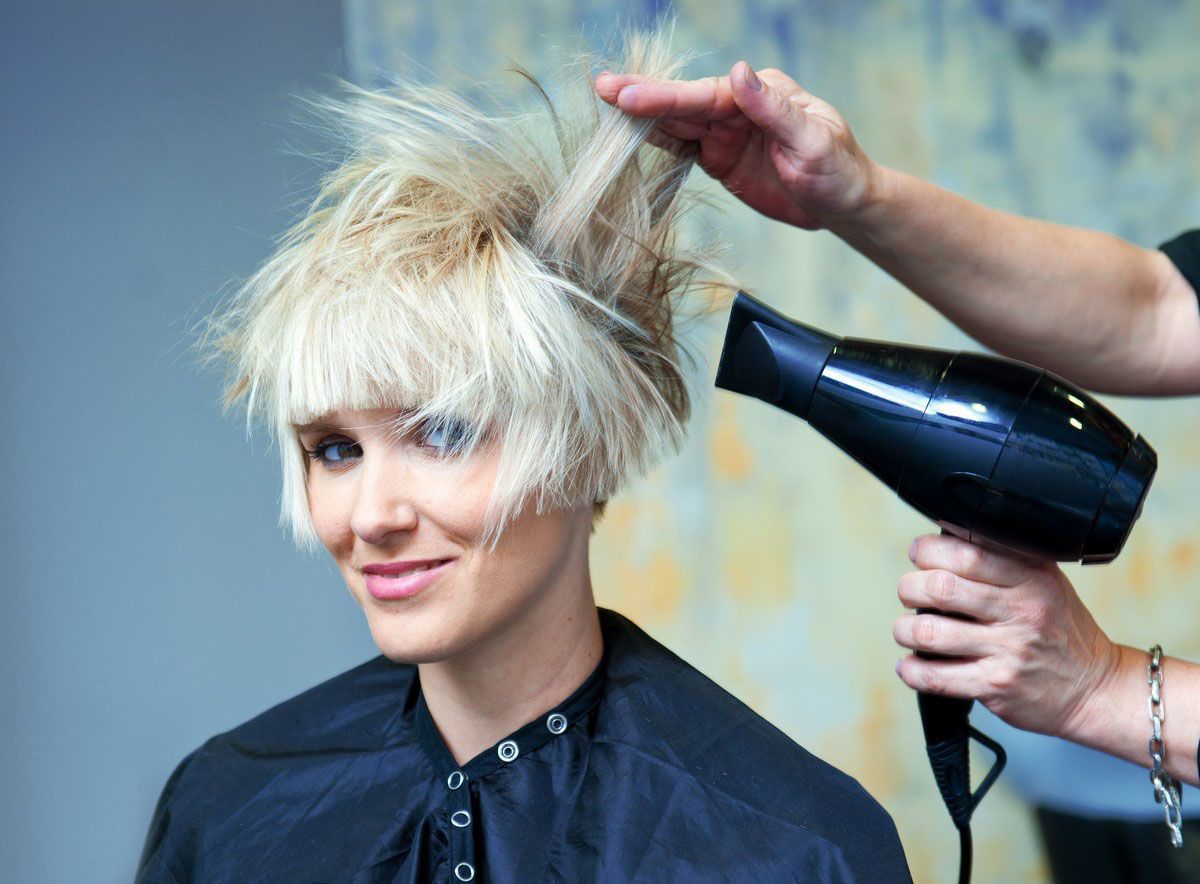November 13, 2025
Understanding the importance of timing in hair treatments is crucial for anyone looking to enhance the health and beauty of their hair. This article will guide you through various aspects of timing your hair treatments to ensure optimal results. By paying attention to the timing of treatments, you can improve the effectiveness of each hair care regimen, resulting in stronger, healthier hair. Being strategic about when to apply treatments can also prevent potential damage caused by overlapping processes.
Understanding Hair Growth Cycles
Hair grows in cycles consisting of three stages: anagen, catagen, and telogen phases. The anagen phase is the active period of growth, lasting anywhere from two to seven years, depending on genetics and health factors. Following anagen, the catagen phase is a brief transition period that signals the end of active hair growth. Finally, the telogen phase is a resting stage, after which hair is shed and the growth cycle begins anew.
Every individual's hair growth pattern is unique, influenced by genetics, age, and health. Identifying your growth pattern can help tailor treatment schedules to your specific needs. Monitoring shedding and growth rates can pinpoint the phases of your hair cycle, providing insights into when your hair is most receptive to certain treatments. For example, introducing nutrient-rich treatments during the anagen phase can bolster hair strength and vitality.
Timing your treatments in alignment with your hair's growth cycle can prevent unnecessary damage and enhance results. Treatments such as deep conditioning can be most effective during or immediately after the telogen phase when fresh hair growth is about to start. Conversely, aggressive treatments like hair coloring should be considered towards the end of the anagen phase to support fresh growth with minimal damage. According to the American Academy of Dermatology, hair treatments should be done at least 14 days before coloring to minimize potential adverse effects.
Considering Seasonal Changes for Hair Treatments
Seasons profoundly affect hair health and can influence treatment timing. During winter, colder temperatures and indoor heating can dry out hair, necessitating more frequent moisturizing treatments. As opposed to this, summer's heat and humidity can lead to increased oiliness and sweat, which requires adjustments to cleansing and conditioning routines. Seasonal shifts impact hair’s texture, elasticity, and overall health, thus dictating timing adjustments for maintenance treatments.
Winter and summer necessitate distinct adjustments to hair care regimens to combat seasonal challenges. In winter, rich, hydrating treatments are crucial, with mask applications being most effective when focused on the ends to counteract dryness. In summer, lighter, volumizing products prevent the hair from becoming oily and weighed down. It's beneficial to schedule clarifying treatments in summer to manage sweat and protect from sun damage.
Spring offers an opportunity to renew and refresh your hair regimen, aligning treatments with the rebirth of growth cycles after winter dormancy. Implementing scalp treatments during this time can promote renewed growth and encourage healthy development in the anagen phase. Transitioning into fall, it’s critical to restore any damage incurred during summer through reparative treatments. These mitigate adverse effects and prepare the hair for the cooler months.
Matching Treatment Types to Optimal Times
Conditioning treatments are fundamental to maintaining moisture balance and should be strategically timed for maximum absorption. Scheduling regular conditioning sessions weekly can keep hair hydrated and supple. It's especially beneficial to apply these treatments after washing, focusing on the mid-lengths to ends where dryness is prevalent. Emphasizing conditioning when hair feels particularly dry or brittle—often at the end of winter—enhances product efficacy.
Coloring hair is an intensive process that benefits from precise timing to minimize damage and enhance results. This timing allows hair to stabilize and ready itself for the coloring process. Post-color treatments should focus on moisture restoration and protecting color vibrancy. These timing strategies ensure better color absorption and longevity, while maintaining hair’s health post-application.
Regular haircuts are integral to managing split ends and promoting healthy growth, with timing playing a crucial role in these benefits. Scheduling trims every six to eight weeks can prevent split ends from traveling up the hair shaft, maintaining structural integrity. For those pursuing longer lengths, strategically timed trims can stimulate the anagen phase, supporting continued growth. The practice of seasonal trims—at the onset of each new season—can also align hair health with changing environmental conditions.
Developing a consistent weekly haircare routine lays the foundation for achieving healthy, vibrant hair. This regimen should include cleansing, conditioning, treatment, and styling processes tailored to individual hair needs. Cleansing should occur two to three times a week, depending on hair type and lifestyle, with conditioning following every wash. Weekly treatments, such as hydrating masks or protein-rich products, provide additional support.
Affecting Hair Health With Nutrition and Lifestyle
Your diet profoundly influences hair health, necessitating a balance of nutrients to support optimal growth and strength. Proteins, vitamins, and minerals such as biotin, zinc, and omega-3 fatty acids lay the foundation for resilient hair. Understanding how diet impacts hair enables timing of restorative treatments to coincide with nutritional intake, enhancing their effects. For instance, adjusting hair care routines around periods of dietary change can amplify benefits or mitigate potential setbacks.
Stress management plays a substantial role in hair treatment success, influencing growth cycles and overall hair quality. Stress is known to disrupt the hair’s natural phases, potentially leading to increased shedding. Incorporating stress-relieving activities into your routine, such as meditation or yoga, can stabilize hair growth patterns. Timing relaxing treatments during stressful periods can prevent or mitigate adverse effects on hair health.
Sleep not only rejuvenates your body but also affects hair health and growth cycles. Establishing a regular sleep schedule aids in reducing stress and stabilizing hormonal influences on hair. Incorporating hair treatment timing around your sleep schedule ensures you get the maximum benefit from overnight treatments or serums. Creating bedtime routines that include calming practices, such as scalp massages, can enhance hair vitality.
Avoiding Common Timing Mistakes
Over-treatment and excessive product use are common timing mistakes that can overwhelm hair and strip its natural oils. Building a staggered schedule that prevents overlapping heavy treatments can safeguard hair integrity. Attention to product cycle and use instructions ensures that hair isn’t subjected to counterproductive overload. Implementing ‘reset’ periods—where minimal products are used—allows hair to recalibrate in response to active regimens.
Poor timing in treatments can result in scalp irritation, overshadowing potential benefits. Scheduling treatments without regard for environmental conditions or hair state can lead to sensitivity or flaking. Being mindful of treatment intervals allows the scalp adequate recovery time, maintaining its natural balance. Observing scalp reactions and adjusting application timing ensures consistent scalp comfort and treatment effectiveness.
Environmental factors heavily influence hair health, rendering timing critical in achieving desired treatment results. Elements like sun exposure, humidity, and pollution necessitate anticipatory care given their impact on hair’s condition. Timely application of protective treatments can counteract harmful environmental influences before they compromise hair health. Employing measures such as UV-protective products during high-sun periods proactively supports optimal hair condition.
Correctly timing your hair treatments can make a significant difference in the quality and health of your hair. By understanding the various factors that affect hair treatment timing, you can create a personalized schedule that maximizes their effectiveness and ensures your hair looks and feels its best. The synchronization of seasonal changes, understanding of growth cycles, and the integration of lifestyle factors play crucial roles. For expert salon services that will keep your hair looking its best, contact The Mane Attraction to book an appointment.





